Effective communication between patients and providers is key to providing quality patient care. It’s important to ensure that patients feel heard and comfortable speaking up about their healthcare needs. Fortunately, there are some simple strategies practices can use to improve patient-provider communication. Here are five tips for enhancing communication between patients and providers.
1. Invest in Behavioral Health Billing Software
Investing in behavioral health billing software can help streamline administrative tasks and minimize time spent on paperwork. It can also help improve data accuracy, track patient payments more efficiently, and provide up-to-date information for clinicians. By freeing up staff from administrative tasks, clinicians and therapists can dedicate more time to patient care.
Moreover, implementing such software can have a positive impact on the bottom line. In this case, AZZLY® is an excellent solution for addiction treatment and mental healthcare clinics as it offers features such as office management, revenue cycle management, electronic medical records, and more.
2. Focus on Patient Centered Care
Taking a patient-centered approach to care can help foster open communication between patients and providers. It involves spending time listening to patients and understanding their needs, concerns, and expectations. Social Determinants of Health (SDOH) can be focused on and incorporated into a treatment plan.
For instance, determining what kind of information patients need to make informed decisions about their health care can help providers tailor their treatment plans accordingly. It further helps build trust and reduces the chances of miscommunication.
3. Conduct Surveys
Surveys can be a great way to gain insight into how patients view their medical experience and how providers could improve communication with them. Such surveys can include:
- Questions about the patient’s experience with their provider.
- The quality of health information they received.
- The level of satisfaction with the care they received.
By paying attention to patient feedback, practices can identify areas for improvement and make necessary changes.
4. Offer Education and Resources
Providing educational resources to patients can help them understand their healthcare journey better. This could include providing patient education materials such as handouts, videos, and webinars. Additionally, providing information about services such as partial hospitalization treatment options or residential services can help patients make informed decisions about their care.
5. Use Technology
Using technology such as telemedicine and secure messaging can help improve communication between providers and patients. This can be particularly useful for practices with a large patient base or those that have multiple locations. It can help reduce the time spent on administrative tasks and provide a more convenient way for patients to access care.
The Bottom Line
By following these tips, practices can create an environment of open communication between patients and providers. This can help ensure that patients are receiving the best care possible and may even lead to better health outcomes. So if you’re looking to improve communication between patients and providers, consider AZZLY to support you in achieving this goal and making your practice successful.
To learn more about AZZLY and how it can help improve patient-provider communication, speak with one of our healthcare professionals. Secure time on your Regional Account Manager’s calendar here. We are available to answer questions any time at hello@azzly.com or 1 (888) 400-3201. We look forward to hearing from you!




